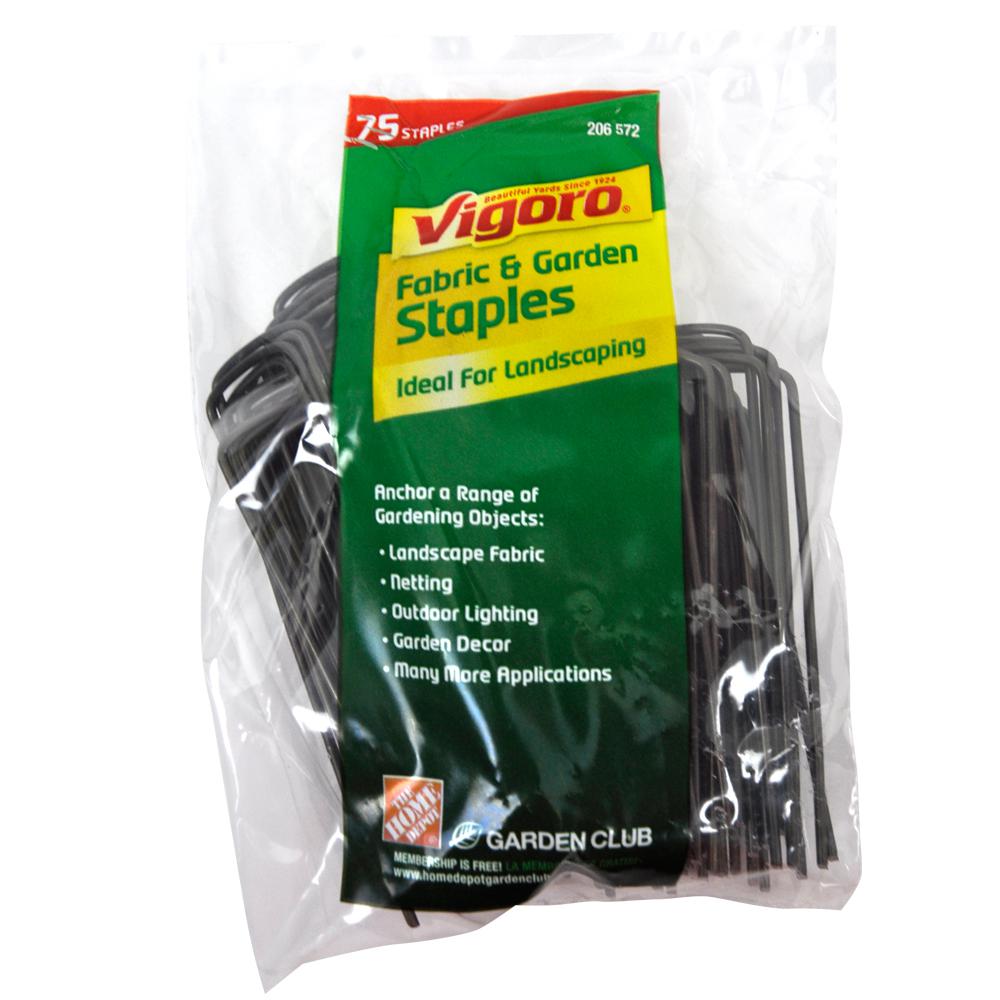It reaches heights of roughly 20 feet, with an 8-foot cover. Your meaning of "red cedar tree" may vary depending upon where you live.
How fast do eastern red cedars grow?
The Red Cedar is not really a Cedar but is actually a juniper. It has a medium growth rate of 12-24” per year with sticky foliage that is a dull green from spring to fall, and in the winter can be green or turn brown or purple.

Just How to Room Red Cedar Plants
What can eastern red cedar be used for?
Eastern red cedar is a tree. The wood, berries, and leaves are used for medicine. People take Eastern red cedar for cough, bronchitis, joint pain (rheumatism), water retention, and flatulence. They also take it to improve appetite and digestion, and as a treatment for fungal infections and worms.
Juniper berries and young twigs were also made right into a medical tea by Native American People. Eastern Red Cedar is somewhat less fragrant than some other junipers but it can still be used in much the same way. When finally ready to pick, one more point worth keeping in mind is that the berries take 3 years to grow and are a dark blue.
How do red cedar trees grow?
Red cedars can also be propagated via cuttings. Cuttings should be taken in late fall, winter or spring when the tree is dormant and the sap has slowed. Try to take the cutting in the early morning. To grow a cedar from a cutting, you will need a 3- to 6-inch piece of current year's growth.
Some samplings of western red cedar can live to be over a thousand years of ages. It is pyramidal in shape, with a wide trunk and dense fern-like foliage. Bare-root western red cedar trees are economical, however they don't hair transplant well, as well as the majority of nurseries don't bring them. Instead, you'll probably locate balled as well as burlapped or container-grown specimens an extra reliable option.
- Its foliage transforms greenish-yellow or brownish in the fall and also winter season.
- Eastern red cedar (Juniperus virginiana) gets to heights of 40 to 50 feet and has a spread of 8 to 15 feet, yet is commonly rather smaller sized in farming.
- The trunk is covered in furrowed reddish-brown bark that turns gray as the tree matures.
- When crushed, the scaly dark-green fallen leaves have a resin gland that generates a fragrant odor.
- It expands between 50 and 70 feet high with a 25-foot spread in cultivation, yet wild trees can reach elevations of 200 feet.
- Western red cedar (Thuja plicata) has a natural cone-shaped form.
For rates as well as sizes go here.

How often do you water western red cedar?
Spacing- Single row 12 ft apart, Double row 14 ft apart between rows and plants, multiple rows 20 ft between rows and plants. The Red Cedar is a recommended windbreak tree but consider all the conditions above when selecting this tree.
There is no all-natural method of going back when cedar has actually transformed gray. The only option at this moment is to tone the wood with a stain or other coloring representative.
Convallaria majalis (lily of the valley) expands well as a goundcover under cedar trees. Shiny, wide fallen leaves are complied with by racemes of little bell designed flowers.
Eastern Red Cedar is taken into consideration a non-toxic species of Juniper, though it does have some level of toxins. A lot http://old.kam-pod.gov.ua/user/helduravm3/ of Juniper types are not considerably poisonous, and no Native American varieties are. Eastern red cedar berries and also other safe junipers have actually been made use of in a variety of means.